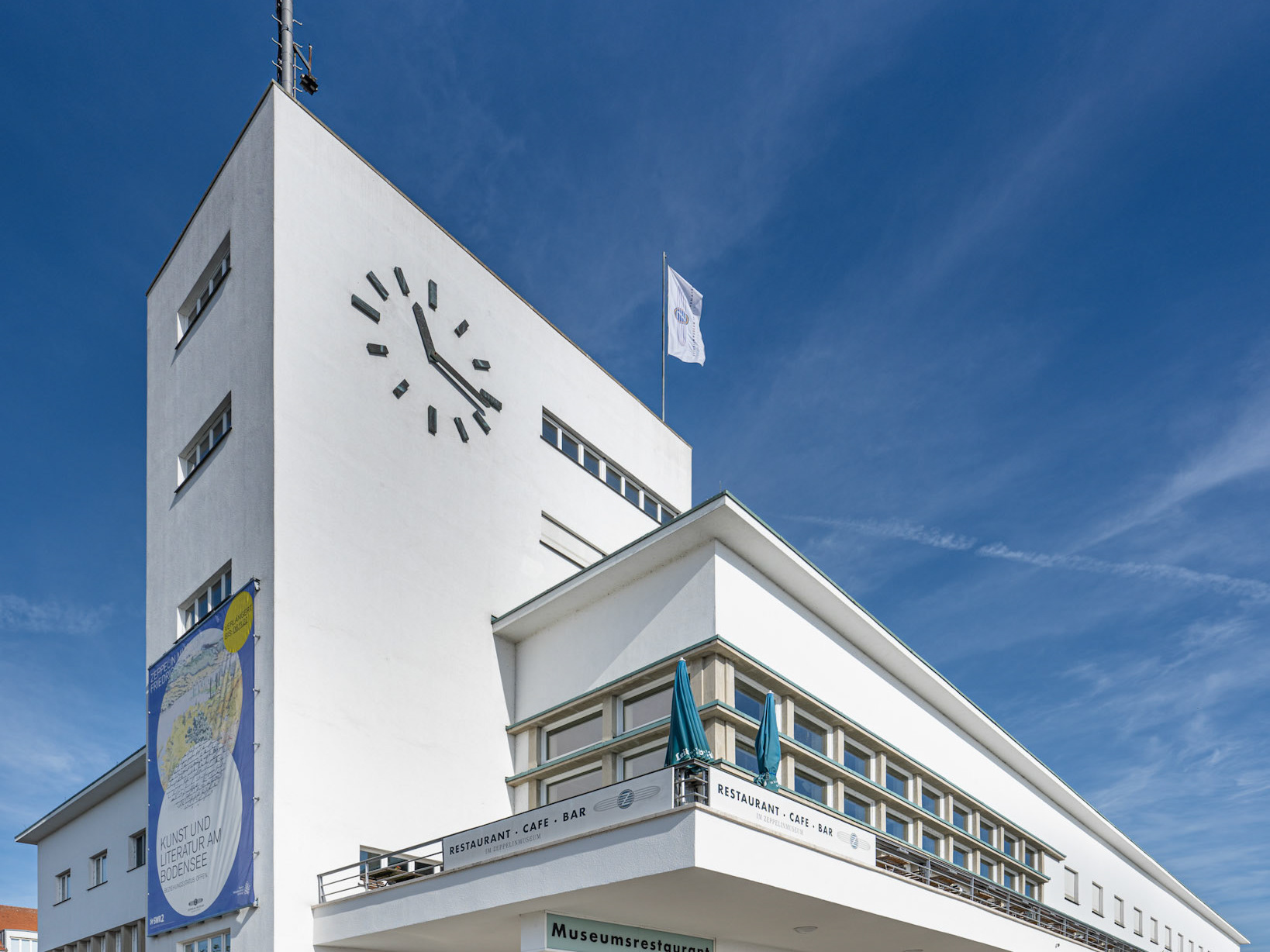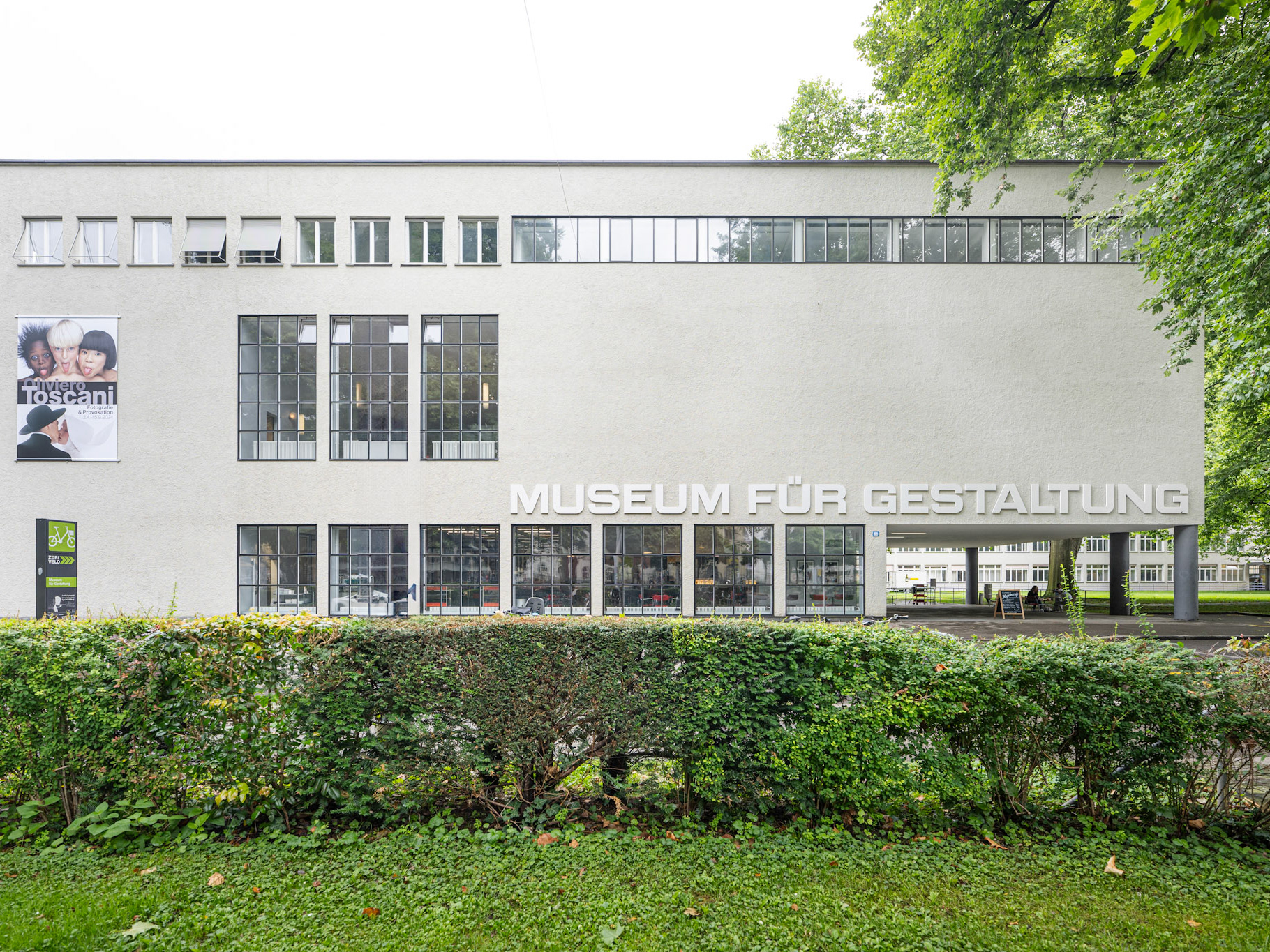




The New Objectivity (or Neue Sachlichkeit) architectural style emerged in Germany during the 1920s as a reaction against expressionism and ornamentation, promoting instead a rational, functional, and unembellished approach to design. Closely associated with the modernist movement and the ideals of the Bauhaus, New Objectivity emphasized clarity, practicality, and the honest use of materials. Buildings designed in this style typically feature flat roofs, smooth façades, large windows, and a strong focus on volume and proportion over decoration. Architects such as Ludwig Mies van der Rohe, Hans Poelzig, and Ernst May were key figures in this movement, which reflected broader social and political aspirations of the Weimar Republic, including housing reform and a commitment to egalitarian, efficient urban planning.




